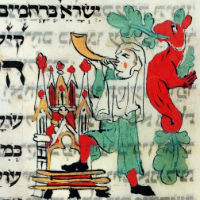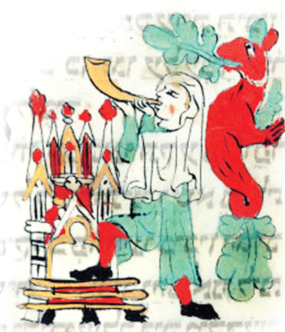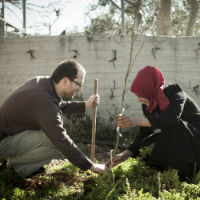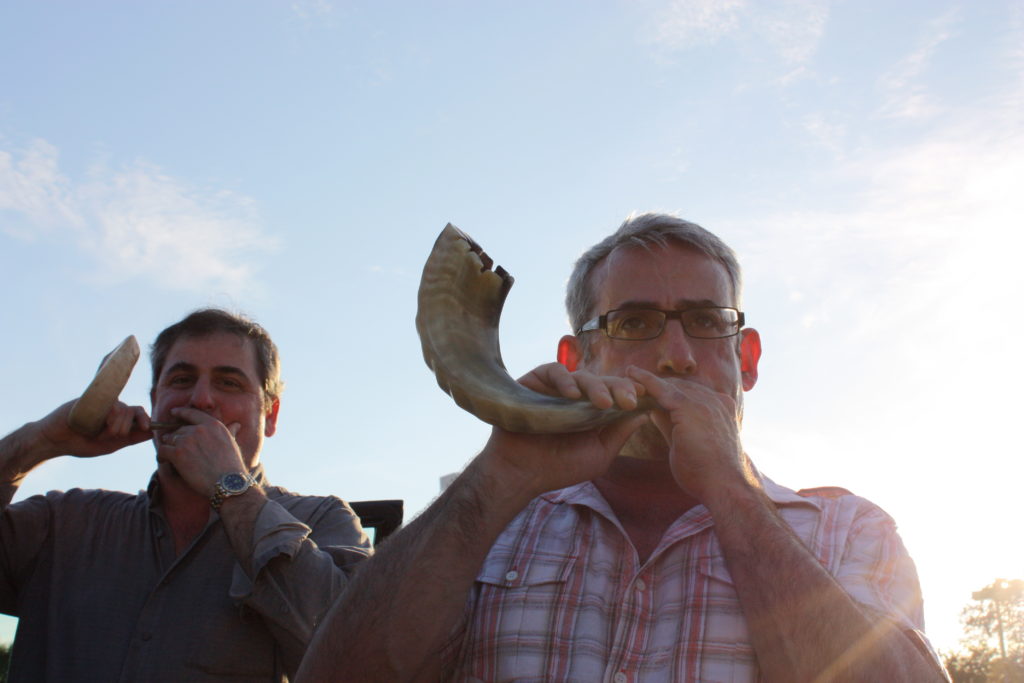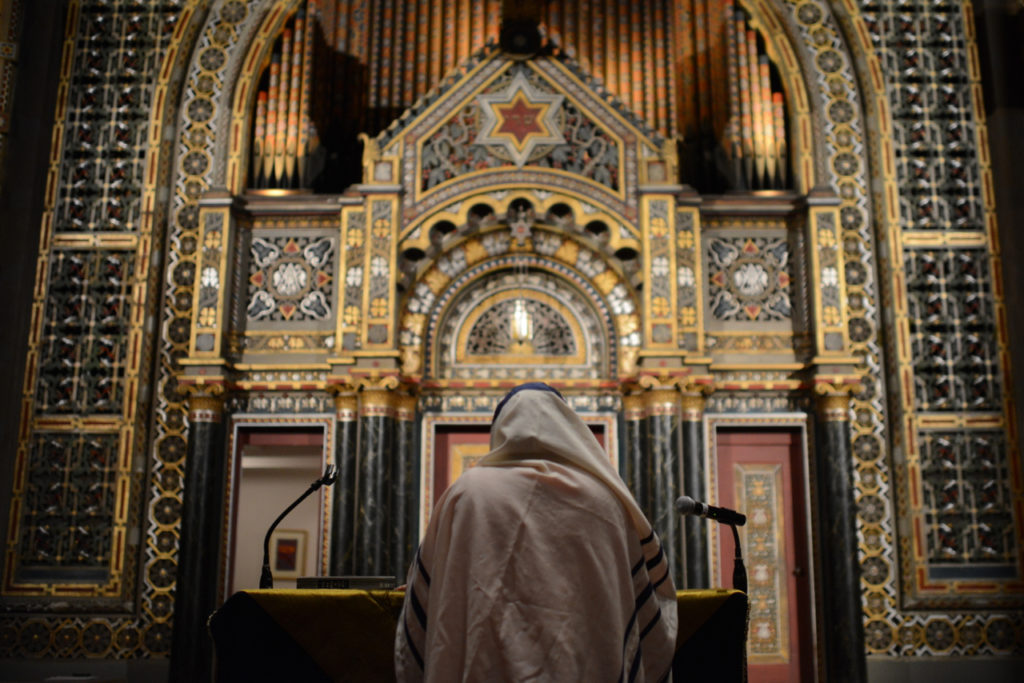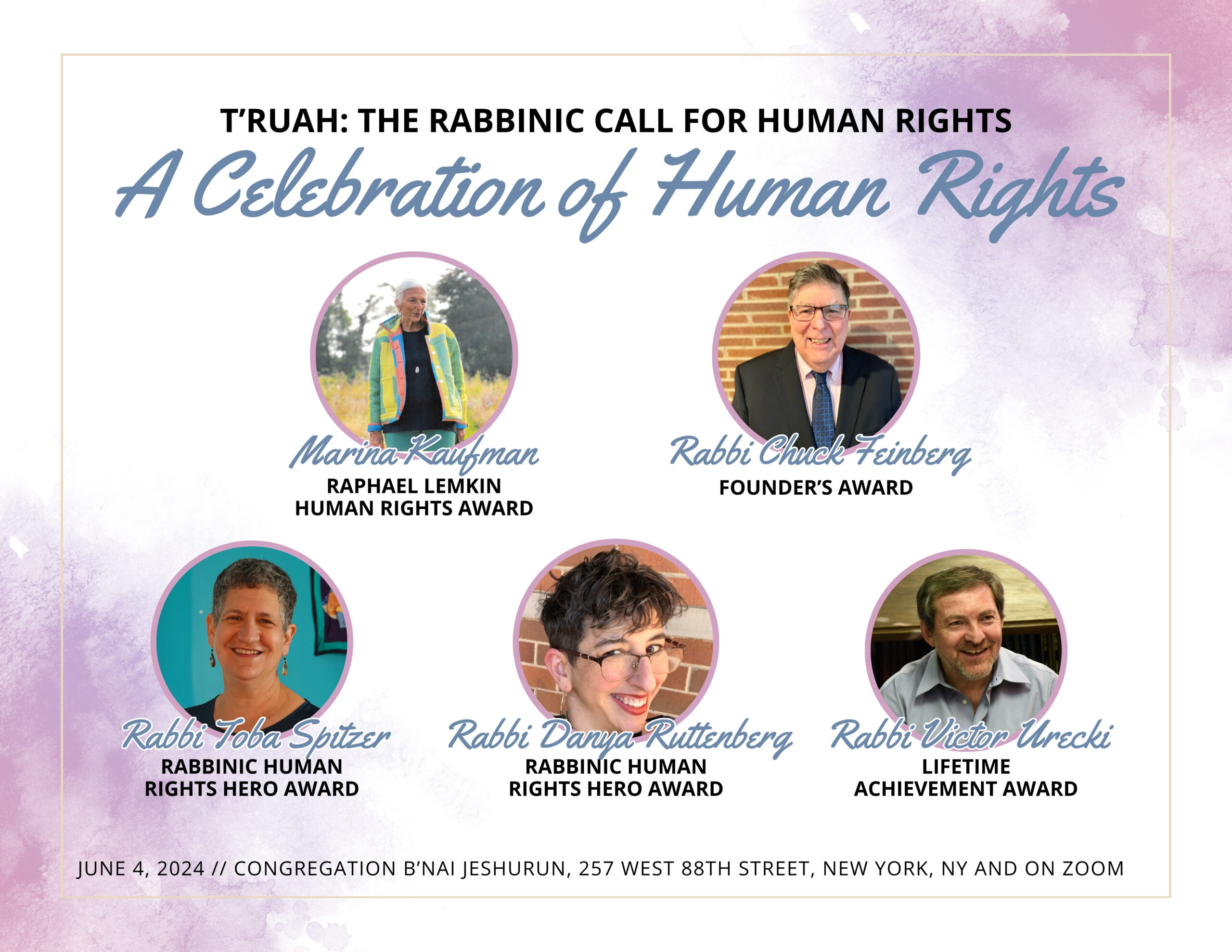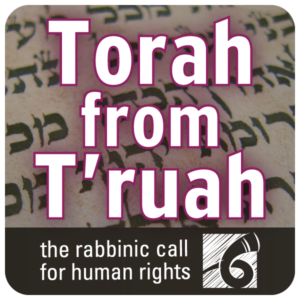
A Yovel for the Poor People’s Campaign (Parshat Behar/Bechukotai)
Commentary on Parshat Behar/Bechukotai (Leviticus 25:1 – 27:34) One week from today, Monday May 14, the Poor People’s Campaign: A National Call for Moral Revival will launch across this country. As I prepare for this momentous event, I’m struck by the alignment of Torah and sacred season. This Shabbat when we read of the yovel...
read more

